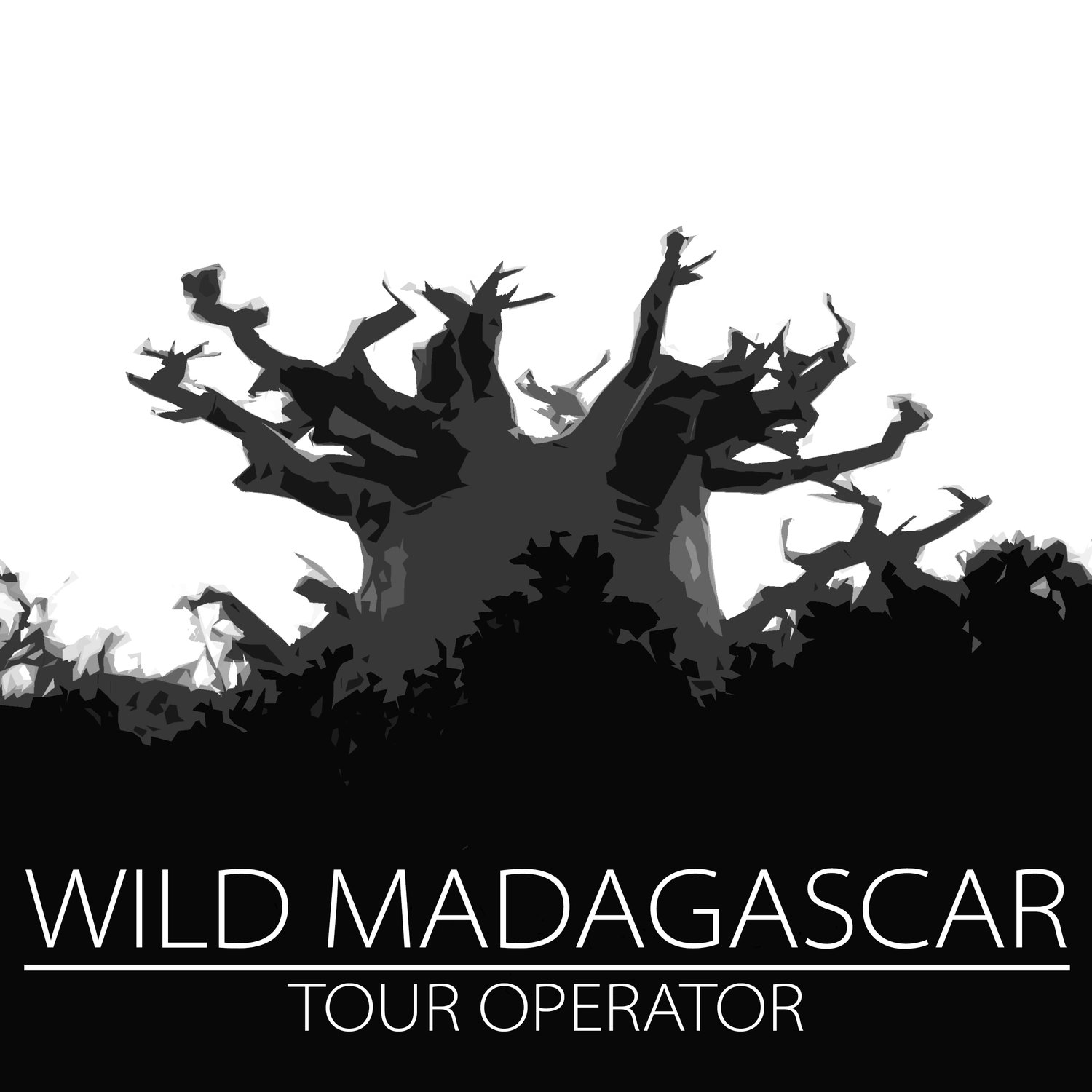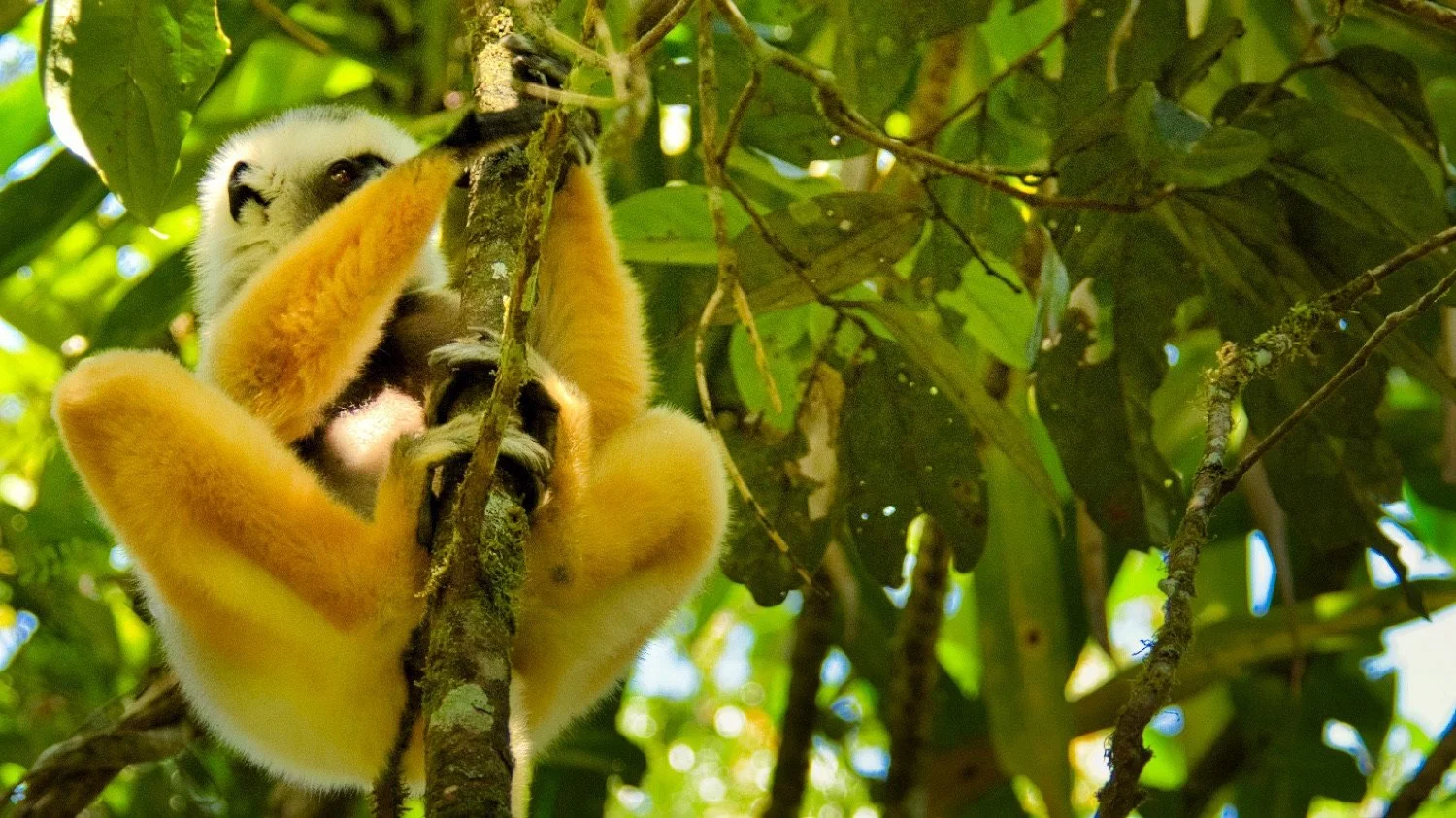Mantadia National Park
Mantadia, part of the amalagamated Analamazaotra Mantadia National Park has its main entrance some 15 km dirt and bumpy road north of the village of Andasibe 130 km eastwards of the capital Antananarivo. The road is open through a mosaic of rice paddies, plantation of Eucalyptus sp., shrubs of Lantana camara, Psidium cattleyanum and Aframomum angustifolium plants taking over areas subjected to slash and burn itinerant agriculture.
Dominated by cool and humid climate, Mantadia National Park features natural vegetation of medium altitude moist evergreen forest with a canopy at an height of 13 to 15 m with emergents reaching up to 20 m varyably in bottomland or on slopes. The overall altitude in the protected area varyes between 501 to 1500 m high.
The terrain at Mantadia National Park is graded difficult by result of steep slopes yet chances to encounter wildlife in leveled grounds are high saving visitors from hiking off the trails tracking lemurs and birds on one of the different circuits at the choosing of the visitors. Wildlife, clearly the main purpose of the visit at Mantadia National Park is complemented by the exclusive experience of a landscape typical of primary forest showcasing a vast panoply of vegetation composition with buttress rooted trees, clusters of bamboo, riparian vegetation favored habitat of reptiles and batracians alongside cascading streaming waters, epyphites naturally nestling birds and lakes harbouring acquatic birds.
The fauna of the national park of Mantadia comprises amphibians, 45 species (A.P. Raselimanana, M. Vences & F. Glaw) all endemic of Madagascar, small mammals, lemurs, 12 species (A.B. Ryland’s, S.M. Goodman, E.E. Louis, Jr.) all endemic and birds, 106 species (S.M. Goodman, M.J. Raherilalao). Iconic lemur species comprise the endangered diurnal species Indri indri, Diademed Sifaka, and the critically endangered Black and White Ruffed Lemurs, the last two are source of specimens re-introduced into the special reserve of Analamazaotra. The richness of the avifauna will enchant bird watchers with species relatively unique to Mantadia national park of which could be named Tachybaptus pelzenii, Mesitornis unicolor, Rallus madagascariensis, Glareola ocularis, Tyto soumagnei, Brachypteracias leptosomus, Geobiates squamiger…
Mantadia national park is not for the faint-hearted; over one hour drive to travel the 15 km bumpy dirt road during relatively dry season, rugged ground to hike and challenging wildlife moving almost permanently in the canopy of the forest. As most of species inhabiting Mantadia are dwellers of the Analamazaotra special reserve, Mantadia is to be visited on a species specific quest.


